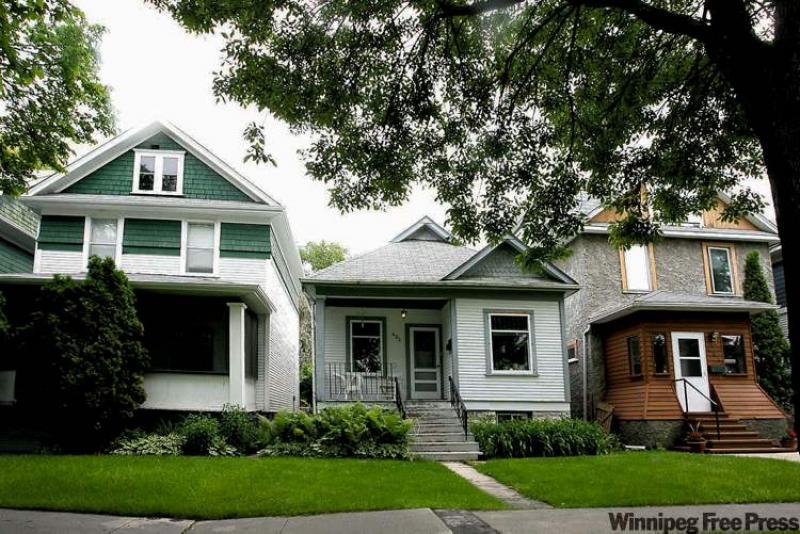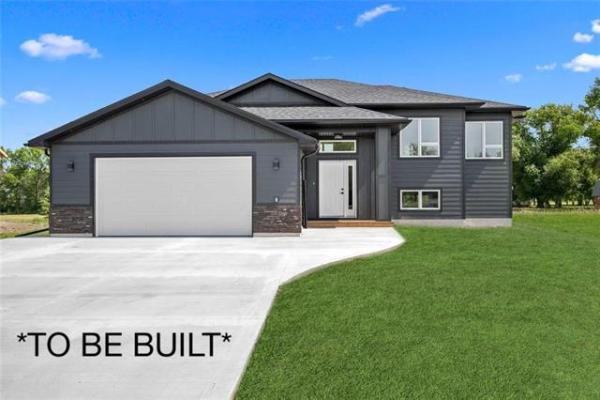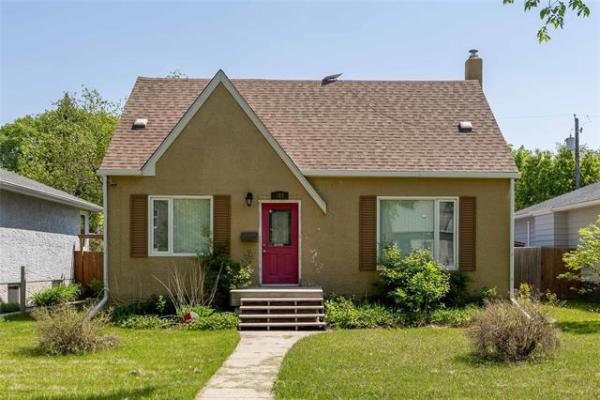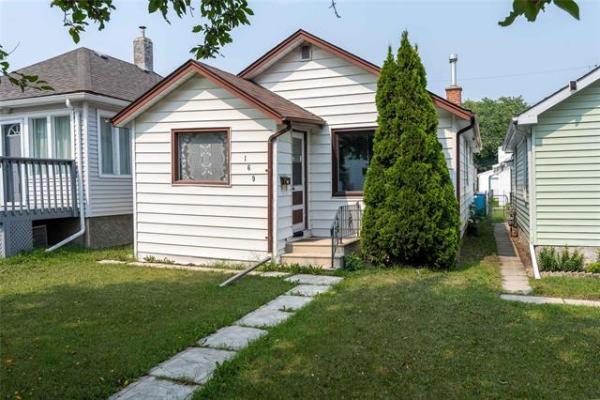IT'S an expression that realtors often use while promoting a home: "It's in move-in condition."
Truth be told, it's rare that any home -- unless it's been extensively remodelled -- falls into that category. For those on a budget -- say, looking for a home in the highly competitive $150,000 to $200,000 range -- it pays to expect that a home in that price range will require multiple upgrades.
The trick here is to determine what upgrades a home might need right away in order to make it livable. That's why it's critically important to take along someone with years of home owning experience when you view a home. Why? Simple: if you lack experience (having rented for years), they can identify items that require immediate attention when you can't.
Should a home appear promising -- but you're unsure about a few items -- it would be wise to enlist the services of a home inspector. With their years of experience, they can tell you -- with certainty -- whether an issue is minor or major from a cost standpoint.
This applies particularly to so-called "dated" homes. While such homes might be solid, they can also contain all kinds of hidden costs, such as:
-- Ancient electrical panels. In the case of one home I viewed, the panel only had a 60-amp capacity. According to my inspector, it was only capable of running basic everyday conveniences such as the washer and dryer, small appliances and lights.
A panel of 100 amps or above is needed if you want to install a jacuzzi, or -- as most people do these days -- run a dishwasher in the kitchen, blast their stereo, surf the Internet with the kids and watch a Blu-Ray movie all at the same time. Cost to upgrade a panel can run between $1,500 to $2,000. That's not cheap, and it's something you don't want to miss if your financial resources are limited.
-- Dated wiring. A high percentage of older homes have what's called knob-and-tube wiring. Many insurance companies won't insure a home with this style of wiring, and will order it to be replaced with state-of-the-art wiring. Consequently, a home that seemed a bargain when you bought it might not have the same complexion when you're told it will cost thousands of dollars to have the wiring replaced.
-- Post-and-pad style basements. Many older homes feature wooden posts placed on cement pads to support the main wooden support beam that runs through the centre of a basement. My inspector showed me that expansion and contraction of the soil beneath -- which places upward pressure on the beam -- can warp the beam (in this case it was a two-inch rise in the centre). The result can be warped flooring above.
What's the solution to that problem? To get some teleposts to support the main beam, followed by an adjustment to the wooden posts (such as shaving them down to take the wow out of the beam and floor above). He then said it would be a good idea to have a sump pit installed to reduce the moisture content in the ground below the basement floor to reduce expansion and contraction. Cost: about $1,500.
-- Unfinished basements. While this might not be a hidden cost per se, statistics have shown that if your basement isn't insulated, the lost heat can increase your heating costs by 25 to 30 per cent. Cost to poly, stud, insulate and drywall a medium-sized basement? In the $6,000 range if you have a contractor do it for you, less if you have the skill to do it yourself.
-- Shoddy roofing. One home I looked at had new shingles, but the flashing hadn't been properly installed; the shingles didn't extend over the side for proper drainage. As a result, the soffits and fascia also had to be redone to ensure the roofing system worked together as a unit. Nothing more irritating than buying a home with a new roof that causes moisture problems due to shoddy workmanship.
-- No shower. Beware -- many older homes do not come equipped with a shower (one I viewed only had a tub). Potential cost of installing a shower? As much as $1,500 if a contractor does the work.
-- Grading and gardens. If there's a garden with railroad ties flush against the home's foundation, get rid of it to encourage proper drainage. And look at the ground on all sides of the home. If it doesn't slope away, you'll need to grade it so it does -- and perhaps install longer downspouts in the process. It's well worth the time and effort to ensure your foundation isn't constantly assaulted by insidious moisture.
The moral of the story? Identifying subtle details before buying a home can help you avoid hidden costs, or at the very least prepare you to budget for the work that needs to be done on the home you've chosen to buy.
lewys@mts.net




